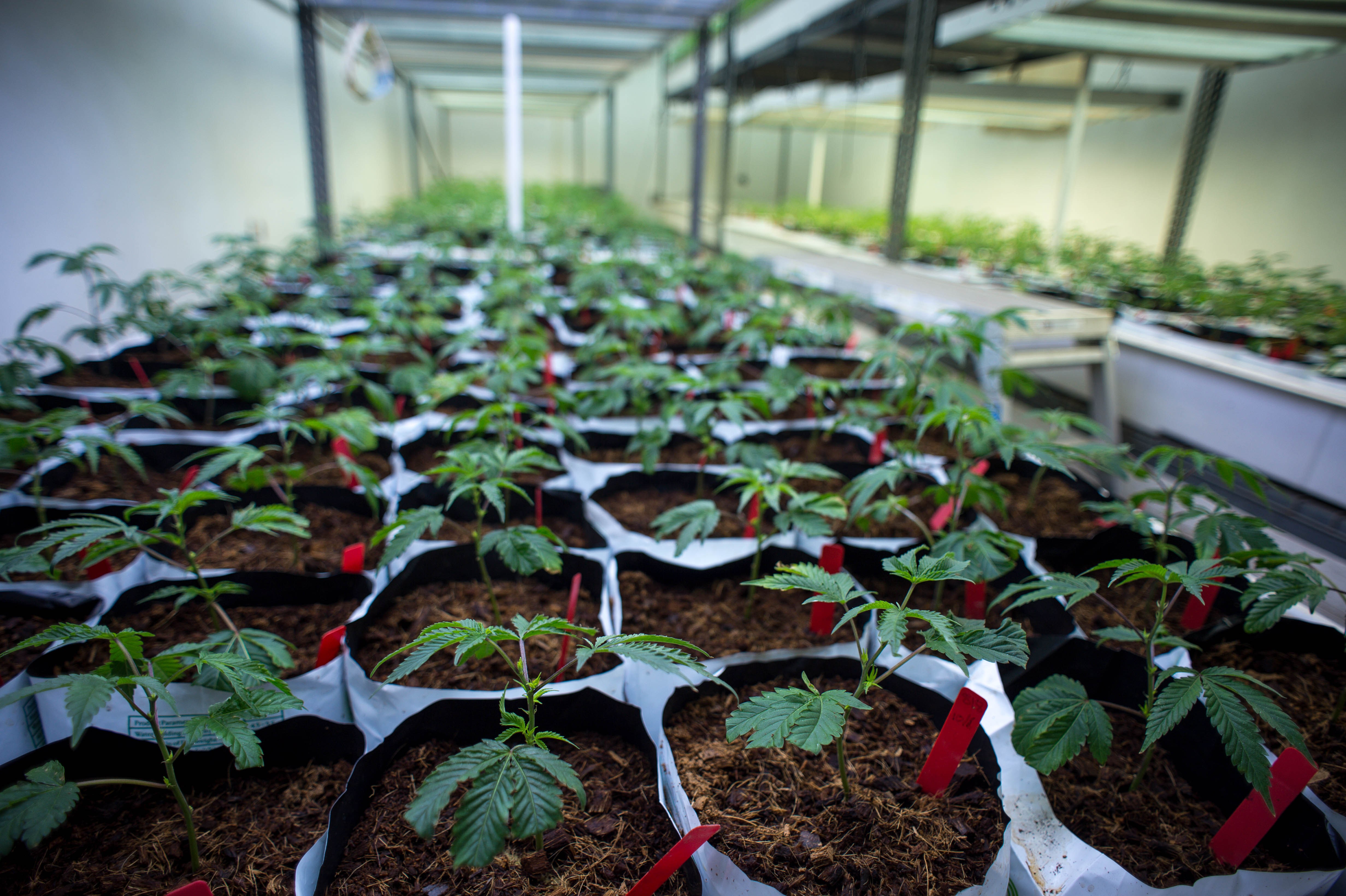Opinion: Investors can chill about marijuana stock highs
Uncategorized September 21, 2018 MJ Shareholders

Marijuana stocks, most recently Tilray Inc., are reaching dizzy heights. So, too, is the S&P 500, which touched an all-time record on Thursday. But in this haze, investors can afford to chill. The wider market isn’t getting such a contact high.
When shares of the Canadian cannabis maker hit $50 last month after the company struck a deal with Nova Scotia Liquor, the market, as measured by the S&P 500, traded at 17.1 times 2018 earnings. Tilray stock has since quadrupled, but the valuation of the broader market has barely budged: it now trades at 17.3 times earnings.
At first glance, it’s odd to suggest that Tilray, or the wider legalized marijuana industry, would move the wider market. It ought to be the other way around: Legalized pot sales are only expected to top $30 billion in 2022, or about 0.1 percent of the U.S. economy. And tariffs between the U.S. and Canada, where Tilray and many of its publicly traded rivals are based, could curb that growth.
But that’s exactly what happens in a true bubble, where hysteria about a small number of stocks spills out into the rest of the market. And that’s not what is going on now: the price-earnings ratio of the S&P is still far short of the record 30 it hit before the dotcom bubble burst.
That hasn’t stopped investors about fretting about the risks from inflated asset prices. A few years back, there was the everything bubble: Stocks weren’t all that expensive, but every other investment, notably bonds and China stocks, looked overpriced. When those tumbled, shares would fall too. Yet, China’s stock bubble has deflated, and bond prices have dropped, though by not that much. Still, U.S. stocks, with some stumbles here and there, have done just fine.
More recently, some worried that the bitcoin bubble would sink the market as well. That hasn’t happened. The virtual currency, which peaked in mid-December at $18,674, has since fallen by two-thirds. Meanwhile, stocks are up 10 percent, with dividends reinvested.
What’s more, cannabis is still a tiny, tiny fraction of the $32 trillion U.S. market. The total market value of all companies in the industry is about $35 billion. Weed is getting disproportionate attention because it offers a glimpse of volatility at a time when there has been relatively little. There’s also its novelty value as an investment ” and the transgressive excitement of what is still, in many countries, an illegal drug.
Cut through all that, and the market’s current valuation looks more stable than at the end of other bull markets. The real buzzkill still looks most likely to be the highly valued FANGs of the technology industry. Netflix Inc.’s price-earnings ratio is a gargantuan 136. Facebook Inc., Amazon.com Inc., Apple Inc., Netflix and Google-parent Alphabet Inc. have a combined market value of $3.5 trillion. Next to those giants, the bubble in marijuana stocks looks a trifle.
Stephen Gandel is a Bloomberg Opinion columnist covering banking and equity markets. He was previously a deputy digital editor for Fortune and an economics blogger at Time. He has also covered finance and the housing market.
MJ Shareholders
MJShareholders.com is the largest dedicated financial network and leading corporate communications firm serving the legal cannabis industry. Our network aims to connect public marijuana companies with these focused cannabis audiences across the US and Canada that are critical for growth: Short and long term cannabis investors Active funding sources Mainstream media Business leaders Cannabis consumers










